205 posts
Latest Posts by ourvioletdeath - Page 2

Americans be like: My grandpa 😠😠😠 served in the Korean War 😠😠😠 and killed 9 people 😠😠😠 to fund his college degree in clownery 😠😠😠 Respect him or leave the country 😡😡😡🤬🤬🤬
Everyone has the name of their supposed soulmate printed on the inside of your wrist. You, however, are defiant, and begin dating someone that’s not your soulmate. It turns out that not meeting someone with the magic expectation that you’re ‘meant to be for each other and will get married and live happily ever after’ actually made you two get along pretty well, and you’re now deeply in love with them. However, after several years of dating this person, both your and your S.O.’s real ‘soulmates’ find you, and they’re both furious that you didn’t wait for them.
Who would like to undulate in the darkness with me
You get a penny every time you help someone. You notice nobody else has ever gotten a penny when they helped others, so you asked. But the person you asked didn’t answer, they just responded “You’ll know when you’re 30…” You’re 30 now, and your parents threw you a surprise party. All the people you ever helped were there. Your mother goes up to you, “So. You wanted to know why you got the pennies, right?”
One day a voice rings out from everywhere at once: “Thank you all for participating in the LIFE beta. The servers will be shutting down and undergo a wipe in preparation for a full release of the game.”
Your first name is spelled and pronounced the exact same way as an alien race’s word for death. You try to explain to the terrified aliens that you are not, in fact, the Grim Reaper.



The Black Earth. (photoshop)
There are many stories about Dhio, nearly every one of them is false.


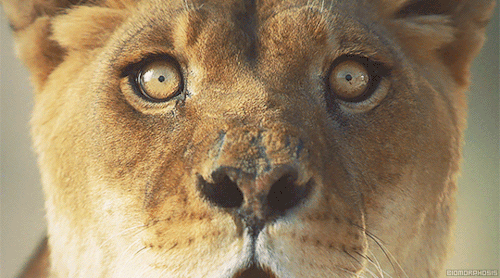

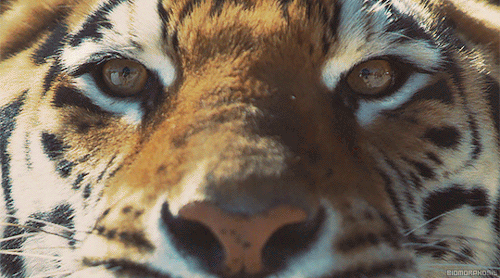
Language is Learned in Brain Circuits that Predate Humans
It has often been claimed that humans learn language using brain components that are specifically dedicated to this purpose. Now, new evidence strongly suggests that language is in fact learned in brain systems that are also used for many other purposes and even pre-existed humans, say researchers in PNAS.
The research combines results from multiple studies involving a total of 665 participants. It shows that children learn their native language and adults learn foreign languages in evolutionarily ancient brain circuits that also are used for tasks as diverse as remembering a shopping list and learning to drive.
“Our conclusion that language is learned in such ancient general-purpose systems contrasts with the long-standing theory that language depends on innately-specified language modules found only in humans,” says the study’s senior investigator, Michael T. Ullman, PhD, professor of neuroscience at Georgetown University School of Medicine.
“These brain systems are also found in animals — for example, rats use them when they learn to navigate a maze,” says co-author Phillip Hamrick, PhD, of Kent State University. “Whatever changes these systems might have undergone to support language, the fact that they play an important role in this critical human ability is quite remarkable.”
The study has important implications not only for understanding the biology and evolution of language and how it is learned, but also for how language learning can be improved, both for people learning a foreign language and for those with language disorders such as autism, dyslexia, or aphasia (language problems caused by brain damage such as stroke).
The research statistically synthesized findings from 16 studies that examined language learning in two well-studied brain systems: declarative and procedural memory.
The results showed that how good we are at remembering the words of a language correlates with how good we are at learning in declarative memory, which we use to memorize shopping lists or to remember the bus driver’s face or what we ate for dinner last night.
Grammar abilities, which allow us to combine words into sentences according to the rules of a language, showed a different pattern. The grammar abilities of children acquiring their native language correlated most strongly with learning in procedural memory, which we use to learn tasks such as driving, riding a bicycle, or playing a musical instrument. In adults learning a foreign language, however, grammar correlated with declarative memory at earlier stages of language learning, but with procedural memory at later stages.
The correlations were large, and were found consistently across languages (e.g., English, French, Finnish, and Japanese) and tasks (e.g., reading, listening, and speaking tasks), suggesting that the links between language and the brain systems are robust and reliable.
The findings have broad research, educational, and clinical implications, says co-author Jarrad Lum, PhD, of Deakin University in Australia.
“Researchers still know very little about the genetic and biological bases of language learning, and the new findings may lead to advances in these areas,” says Ullman. “We know much more about the genetics and biology of the brain systems than about these same aspects of language learning. Since our results suggest that language learning depends on the brain systems, the genetics, biology, and learning mechanisms of these systems may very well also hold for language.”
For example, though researchers know little about which genes underlie language, numerous genes playing particular roles in the two brain systems have been identified. The findings from this new study suggest that these genes may also play similar roles in language. Along the same lines, the evolution of these brain systems, and how they came to underlie language, should shed light on the evolution of language.
Additionally, the findings may lead to approaches that could improve foreign language learning and language problems in disorders, Ullman says.
For example, various pharmacological agents (e.g., the drug memantine) and behavioral strategies (e.g., spacing out the presentation of information) have been shown to enhance learning or retention of information in the brain systems, he says. These approaches may thus also be used to facilitate language learning, including in disorders such as aphasia, dyslexia, and autism.
“We hope and believe that this study will lead to exciting advances in our understanding of language, and in how both second language learning and language problems can be improved,” Ullman concludes.
No specific external funding supported the work. The authors report having no personal financial interests related to the study.
is it possible to study science/medicine/research and pursue that as a career, even if you've majored in a humanity for undergrad and really have no prior work experience in the research field?
Yes and no.
You can go to medical school with no research experience (I did) but you will have to have the basic science pre-med background. You can major in whatever you want, though.
To pursue a scientific career you’re going to have to have some sort of STEM background and training, whether it’s technical school or bachelors/master’s level education. It’s hard to know what the requirements are without knowing more specifically what type of job you are thinking of.
Careers in scientific research are very competitive, actually. There is huge pressure to publish and there are fights for grant funds and university positions. You could work as a lab assistant in some cases with on-the-job training, but in most cases you’re going to need a pretty solid STEM background if you are going to design or run experiments. You have to have learned the basic lab techniques and the science behind your research to be able to actually do the research.
In all these cases, even with a degree in the humanities, you can go back to school and bolster your science credentials, but going in with no experience is going to be tough.
You live happily with your roommate in a small house. You’ve only had the house with them for a week, but they suddenly barge in one day and tell you; “If I don’t return in five minutes, get out and run as fast as you can.”, along with handing you a piece of notebook paper with coordinates. It’s been six minutes.






It’s Murder time at college so everything’s chaos
I'm so infuriated by Alberta right now. Ram a pipeline through BC because whatever, who cares about first nations or salmon or climate change but then, like raging hypocrites, they decide to invest millions into green energy, green economics and infrastructure in their own province. Lord, sometimes. Don't get me wrong, I'm excited about what I've read so far because it's absolutely the right direction for Canada... but how bout not taking one step forward for every three steps backwards.
~~~~

What are memories made of? Study sheds light on key protein
Ask a nonscientist what memories are made of and you’ll likely conjure images of childhood birthday parties or wedding days. Charles Hoeffer thinks about proteins.
For five years, the assistant professor of integrative physiology at CU Boulder has been working to better understand a protein called AKT, which is ubiquitous in brain tissue and instrumental in enabling the brain to adapt to new experiences and lay down new memories.
Until now, scientists have known very little about what it does in the brain.
But in a new paper funded by the National Institutes of Health, Hoeffer and his co-authors spell it out for the first time, showing that AKT comes in three distinct varieties residing in different kinds of brain cells and affecting brain health in very distinct ways.
The discovery could lead to new, more targeted treatments for everything from glioblastoma—the brain cancer Sen. John McCain has—to Alzheimer’s disease and schizophrenia.
“AKT is a central protein that has been implicated in a bevy of neurological diseases yet we know amazingly little about it,” Hoeffer said. “Our paper is the first to comprehensively examine what its different forms are doing in the brain and where.”
Discovered in the 1970s and known best as an “oncogene” (one that, when mutated, can promote cancer), AKT has more recently been identified as a key player in promoting “synaptic plasticity,” the brain’s ability to strengthen cellular connections in response to experience.
“Let’s say you see a great white shark and you are scared and your brain wants to form a memory of what’s going on. You have to make new proteins to encode that memory,” he said. AKT is one of the first proteins to come online, a central switch that turns on the memory factory.
But not all AKTs are created equal.
For the study, Hoeffer’s team silenced the three different isoforms, or varieties, of AKT in mice and observed their brain activity.
They made a number of key discoveries:
AKT2 is found exclusively in astroglia, the supportive, star-shaped cells in the brain and spinal cord that are often impacted in brain cancer and brain injury.
“That is a really important finding,” said co-author Josien Levenga, who worked on the project as a postdoctoral researcher at CU Boulder. “If you could develop a drug that targeted only AKT2 without impacting other forms, it might be more effective in treating certain issues with fewer side-effects.”
The researchers also found that AKT1 is ubiquitous in neurons and appears to be the most important form in promoting the strengthening of synapses in response to experience, aka memory formation. (This finding is in line with previous research showing that mutations in AKT1 boost risk of schizophrenia and other brain disorders associated with a flaw in the way a patient perceives or remembers experiences.)
AKT3 appears to play a key role in brain growth, with mice whose AKT3 gene is silenced showing smaller brain size.
“Before this, there was an assumption that they all did basically the same thing in the same cells in the same way. Now we know better,” Hoeffer said.
He notes that pan-AKT inhibitors have already been developed for cancer treatment, but he envisions a day when drugs could be developed to target more specific versions of the protein (AKT1 enhancers for Alzheimer’s and schizophrenia, AKT2 inhibitors for cancer), leaving the others forms untouched, preventing side-effects.
More animal research is underway to determine what happens to behavior when different forms of the protein go awry.
“Isoform specific treatments hold great promise for the design of targeted therapies to treat neurological diseases with much greater efficacy and accuracy than those utilizing a one-size-fits-all approach,” the authors conclude. “This study is an important step in that direction.”
bruh
Before we can live in a world of vertical gardens covering stained glass skyscrapers, we need to build a world of backyard garden boxes made of reclaimed wood. Before we can cover every rooftop with solar panels, we need to equip every home with solar smokeless cooking made of scrap metal
The appeal of those green cityscapes in the pretty pictures isn’t just that they’re hi-tech and clean, it’s that they sprout from a society that values compassion, the environment, and human lives more than it values profit. We need to build that society first, and we need to build it from the ground up with what we have available
The solarpunk future is for our grandchildren. Our job is to pave the way for it

Neurons have the right shape for deep learning
Deep learning has brought about machines that can ‘see’ the world more like humans can, and recognize language. And while deep learning was inspired by the human brain, the question remains: Does the brain actually learn this way? The answer has the potential to create more powerful artificial intelligence and unlock the mysteries of human intelligence.
In a study published in eLife, CIFAR Fellow Blake Richards and his colleagues unveiled an algorithm that simulates how deep learning could work in our brains. The network shows that certain mammalian neurons have the shape and electrical properties that are well-suited for deep learning. Furthermore, it represents a more biologically realistic way of how real brains could do deep learning.
Research was conducted by Richards and his graduate student Jordan Guerguiev, at the University of Toronto, Scarborough, in collaboration with Timothy Lillicrap at Google DeepMind. Their algorithm was based on neurons in the neocortex, which is responsible for higher order thought.
“Most of these neurons are shaped like trees, with ‘roots’ deep in the brain and ‘branches’ close to the surface,” says Richards. “What’s interesting is that these roots receive a different set of inputs than the branches that are way up at the top of the tree.”
Using this knowledge of the neurons’ structure, Richards and Guerguiev built a model that similarly received signals in segregated compartments. These sections allowed simulated neurons in different layers to collaborate, achieving deep learning.
“It’s just a set of simulations so it can’t tell us exactly what our brains are doing, but it does suggest enough to warrant further experimental examination if our own brains may use the same sort of algorithms that they use in AI,” Richards says.
This research idea goes back to AI pioneers Geoffrey Hinton, a CIFAR Distinguished Fellow and founder of the Learning in Machines & Brains program, and program Co-Director Yoshua Bengio, and was one of the main motivations for founding the program in the first place. These researchers sought not only to develop artificial intelligence, but also to understand how the human brain learns, says Richards.
In the early 2000s, Richards and Lillicrap took a course with Hinton at the University of Toronto and were convinced deep learning models were capturing “something real” about how human brains work. At the time, there were several challenges to testing that idea. Firstly, it wasn’t clear that deep learning could achieve human-level skill. Secondly, the algorithms violated biological facts proven by neuroscientists.
Now, Richards and a number of researchers are looking to bridge the gap between neuroscience and AI. This paper builds on research from Bengio’s lab on a more biologically plausible way to train neural nets and an algorithm developed by Lillicrap that further relaxes some of the rules for training neural nets. The paper also incorporates research from Matthew Larkam on the structure of neurons in the neocortex. By combining neurological insights with existing algorithms, Richards’ team was able to create a better and more realistic algorithm simulating learning in the brain.
The tree-like neocortex neurons are only one of many types of cells in the brain. Richards says future research should model different brain cells and examine how they could interact together to achieve deep learning. In the long-term, he hopes researchers can overcome major challenges, such as how to learn through experience without receiving feedback.
“What we might see in the next decade or so is a real virtuous cycle of research between neuroscience and AI, where neuroscience discoveries help us to develop new AI and AI can help us interpret and understand our experimental data in neuroscience,” Richards says.
You discover that you have the ability to let other people experience your nostalgia. You find that your friend needs some comfort after a rather terrible day. You take a deep breath, put your hand on their shoulder, and let the memories begin.
You are a space traveler from Earth. One day you land on a seemingly advanced planet where the aliens are friendly. You decide to live there and learn their language, and with their technology it takes barely a day. However, you soon offend the wrong person by accident and become arrested. It is decided that your punishment is death, and you are brought a vial of liquid that you are told is of the deadliest kind. Terrified, you drink it only to find out it’s water. Turns out that the very substance keeping you alive is deadly to these creatures. Write what happens following this discovery.
Me
Me 2 seconds after being born
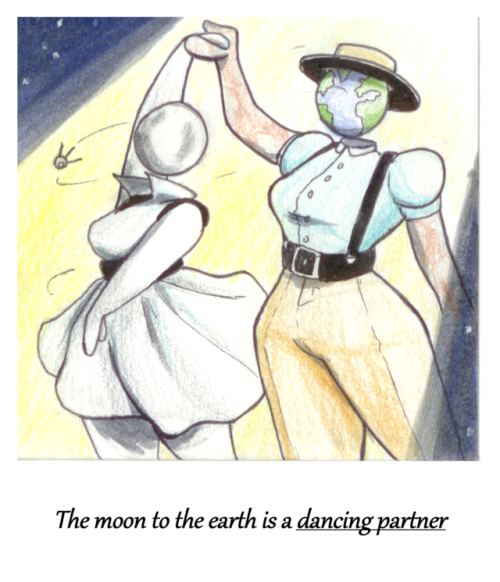





this was an assignment from a bit ago but i kept forgetting to scan it in >.>
You are born with the ability to see whether people listen more often to the angel or the devil on their shoulder, based on the opacity of each- if they listen more to the angel, it’s more solid and the demon is more transparent, and vice versa. You recently met a guy online and you’re finally going to meet. You go in for a handshake and glance at his shoulders, but you can’t see the angel. Only a solid demon.
😍😍😍
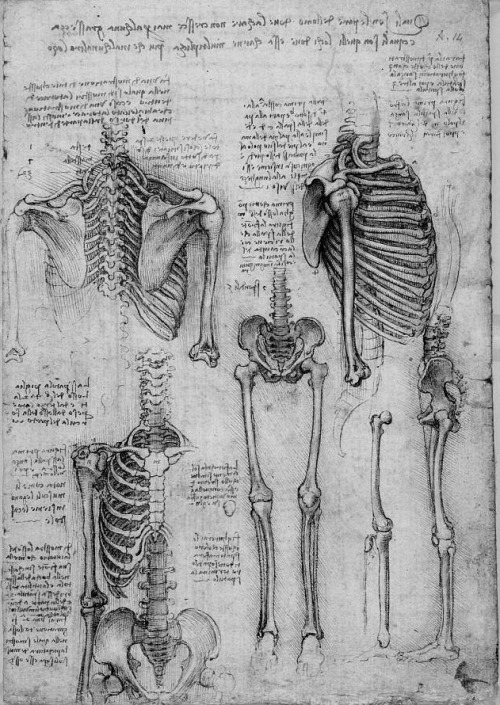
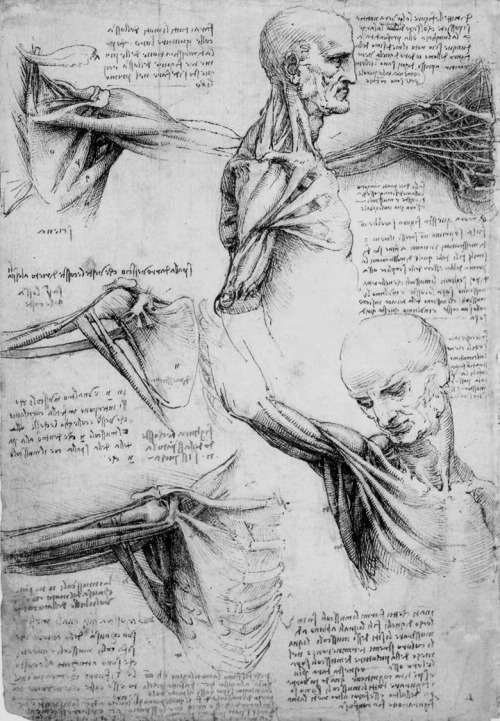
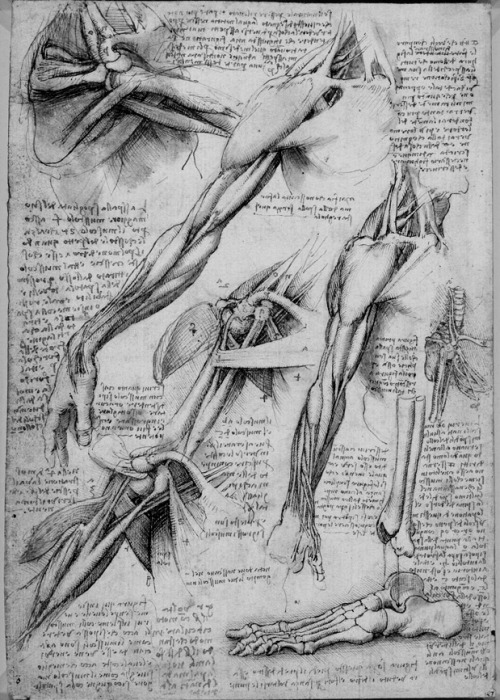
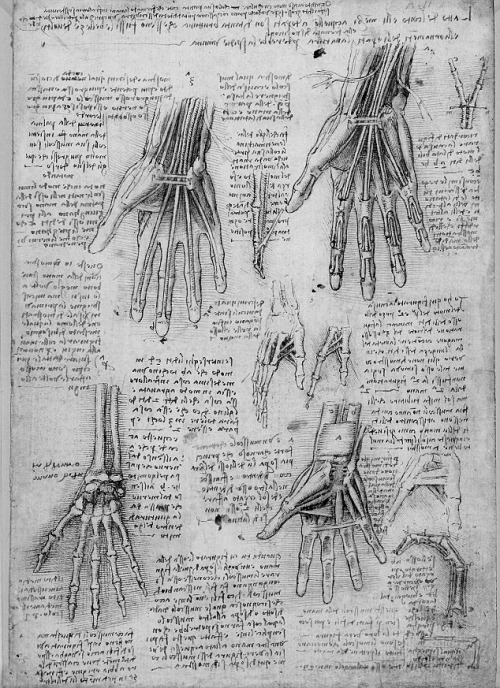
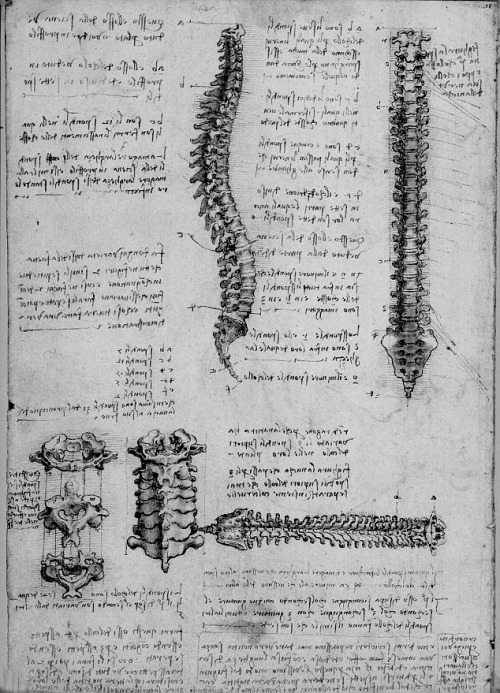
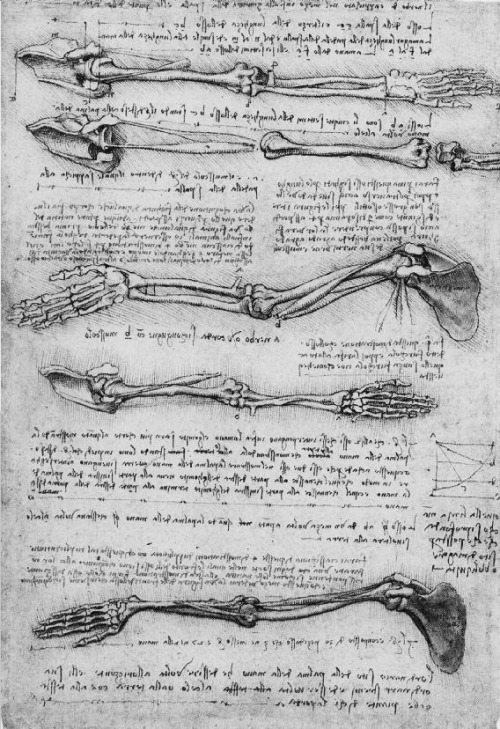
Anatomical studies and drawings by Leonardo da Vinci.
do tumbleweeds actually blow around in the southwest or is that a myth…?
You and your fellow biologists setout to find the beast: a six ton monster with spikes and a giant tentacle growing out of its face. After months of searching, you find it and it turns out the monster is absolutely adorable!
💔
You’ve always loved watching waves crash against cliffs. As you grew, you began to paint them, spending many a day watching from different angles, capturing the chaos of foam and water in acrylic and oil. One day, when painting at the top of the cliff, you fall, and brace for death. But it does not come, and instead you feel as if you are cradled by the arms of many. “Oh no,” you hear. “We cannot destroy something that has loved us so beautifully.”
